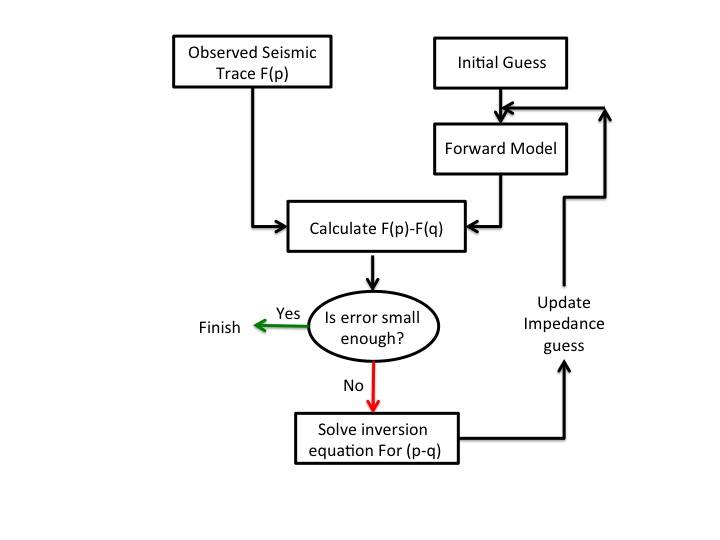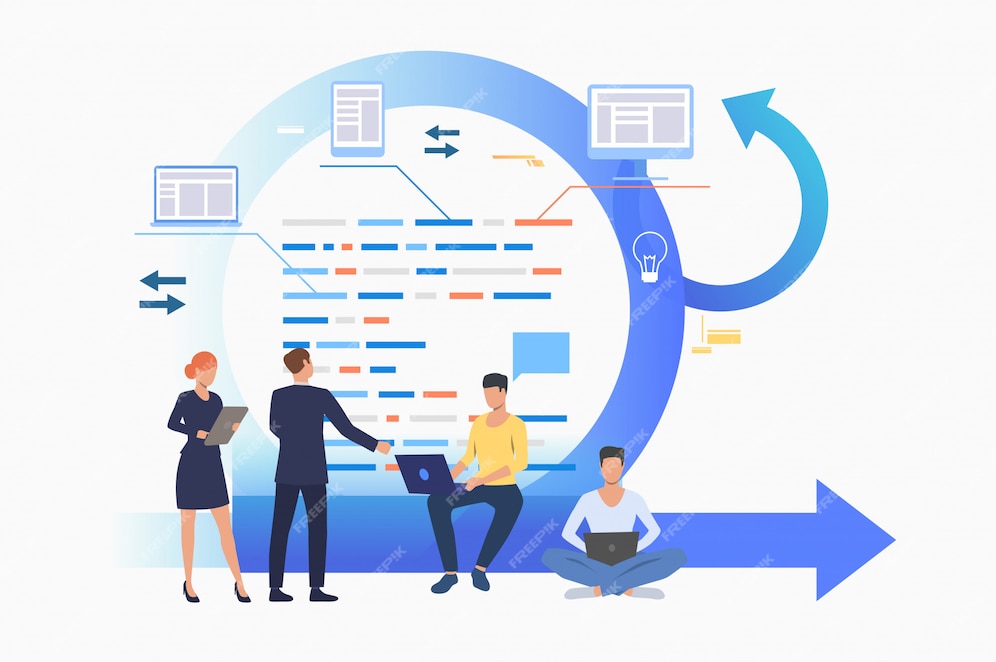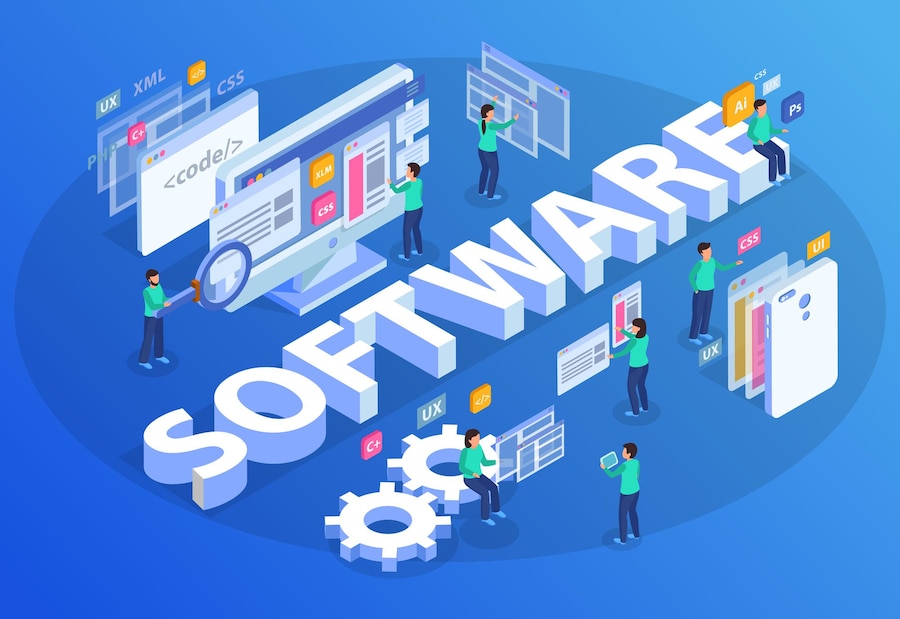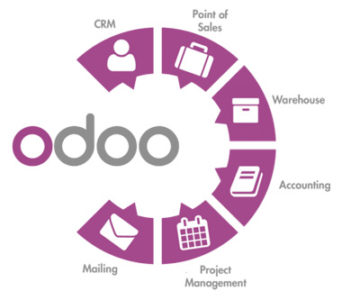With sensational expansions in data development and a developing reliance on data for business congruity, organizations need to realize that their data is put away safely and can be recuperated rapidly – involving the base of room for the greatest advantage.
Staying up with the data blast is difficult. With up to half development year on year and progressively complex IT conditions, numerous backup frameworks are battling to adapt. Simultaneously, accomplishing elevated degrees of overt repetitiveness can be costly and organizations risk paying a premium for high-spec arrangements that far outflank their requirements.
Each client is unique, both regarding engineering and spending plan. So everything should be thought of – from straightforward off-the-rack devices to arrangements that are specially fit to your frameworks – with a consistent spotlight on expanding limit and diminishing expenses.
Backup versus Overt repetitiveness as opposed to Filing
The innovation cross-over between backup, overt repetitiveness and chronicling can frequently prompt disarray, yet each plays an alternate part to play in smoothing out and defending data. Backups basically make a second duplicate of data at explicit moments, in a perfect world keeping numerous noteworthy duplicates. Overt repetitiveness lays out a straight duplicate of a whole framework, prepared to dominate in the event that the first framework falls flat. Backup offers a specific degree of overt repetitiveness, and overt repetitiveness an essential degree of backup, yet nor are independent arrangements.
Filing makes an essential duplicate of chosen data determined to hold data in the long haul. Not each of the data contained in a backup will eventually wind up in a file so documenting is seldom a satisfactory backup arrangement in itself yet as a correlative methodology, it can extensively enhance the data stockpiling process.
Most backup techniques depend on a blend of backup, overt repetitiveness and chronicling. A significant variable to remember while arranging a backup plan is prioritization of data. Not all data is made equivalent and a layered backup system that reestablishes the most basic applications first will get you ready to take on the world quicker and cut data capacity costs.
Backup Types
Full – A full backup duplicates each record in a framework. Reestablish times are quick yet backups are tedious and space-concentrated so planning and data prioritization are significant contemplations.
Differential/Gradual – Differential and steady backups fill in the holes between full backups, putting away any progressions to data. They require a small portion of the server computer processor cycles, transfer speed and extra room. The gamble of data misfortune is clearly more noteworthy than full backups and reestablish times are more slow however Blueberry can utilize exceptional depiction innovation, for example, Amazon EBS to quickly modify pictures more.
Engineered – A manufactured backup combines a full backup and resulting gradual backups into a solitary document. Recuperation is quick, utilizing less server cycles and data transmission.
Constant Data Security – rather than planned backup, persistent data insurance (CDP) ceaselessly tracks data changes. CDP saves all changes and data can be recuperated quickly from any point previously. Data transmission trouble is extensive however utilizing pressure strategies and block-level gradual backup, Blueberry can essentially diminish this heap.
Reflecting – Reflecting is an overt repetitiveness arrangement that in a real sense reflects your frameworks by making a straight duplicate of data to at least two drives at the same time. From there on just new and altered documents are replicated. Not at all like a full backup, data isn’t typically compacted so recuperation is quicker.
Rearing up to the Cloud
Cloud-based administrations, for example, Amazon’s EC2 offer an expense productive and versatile choice for offsite backup. Clients can without much of a stretch access data from a distance and organizations can extend their capacity necessities depending on the situation. There are still a few issues to consider while picking an answer. Valuing models shift from one supplier to another, going from layered pay-more only as costs arise choices to essential level expenses. A few merchants may likewise charge for extra backup administrations. Adequate transmission capacity is a vital thought, albeit numerous suppliers will just send changed data over the organization after the principal full backup. Data security is likewise a legitimate concern and Administration Level Arrangements (SLA) ought to be painstakingly examined to guarantee the appropriate measures are set up.
The equivalent is valid for all backup contributions, especially when conveyed as a component of a bundle by facilitating organizations or Network access Suppliers. It pays to figure out the very level of backup on offer. SLAs ought to specify explicit degrees of data accessibility and set time spans for recuperation.
Handling Normal Issues
Live data presents various difficulties for backup, especially on account of database documents that are persistently being composed to. Guaranteeing no progressions are lost in the backup cycle can require significant design. Blueberry can apply various improvement methods to guarantee constant backup of live data.
Backing up Web or database servers can likewise be precarious. Customarily, a rundown of envelopes is kept in touch with backup however this leaves data open to human mistake. A full backup is the safeguard choice yet with extra room along with some built-in costs, arrangements that join one full backup with ensuing steady backups offer an expense effective other option. One model is the steady preview framework gave the Cloud-based Amazon EBS administration.
Upholding in virtual conditions requests an alternate methodology from actual servers. The basic elements are capacity accessibility, setup and the executives. On the off chance that these are appropriately tended to, the advantages can be extensive. Blueberry has insight in designing surprising backup frameworks in virtual conditions and reflecting virtual machines starting with one server then onto the next.
Accomplishing elevated degrees of overt repetitiveness normally requires two servers. This can be expensive and organizations ought to consider whether moment overt repetitiveness is truly crucial for their business. With arrangements like Amazon EBS, for instance, another framework can be set up from a depiction in only 30 minutes without the requirement for two servers. Overt repetitiveness of database servers is more intricate to arrange and for the most part requires some degree of reflecting or replication. Blueberry Specialists use a scope of devices and procedures to improve this cycle. These incorporate custom pressure, encryption, data deduplication and steady exchange draws near.











